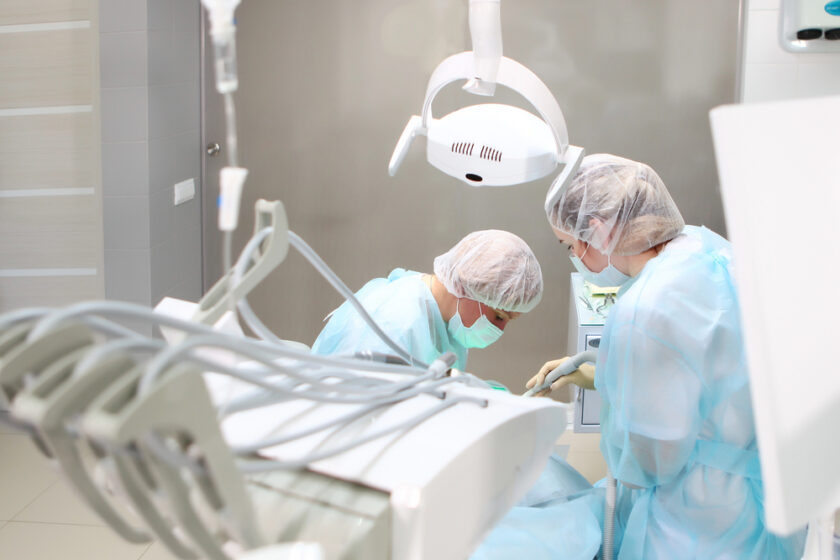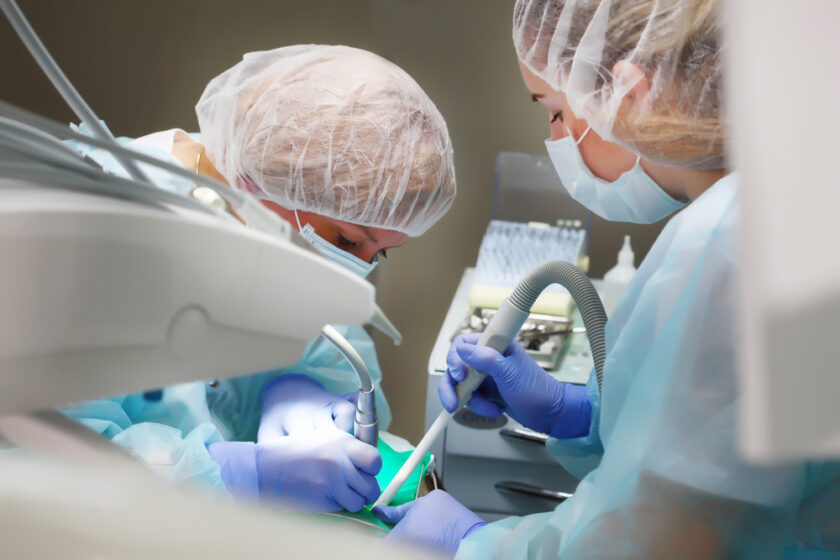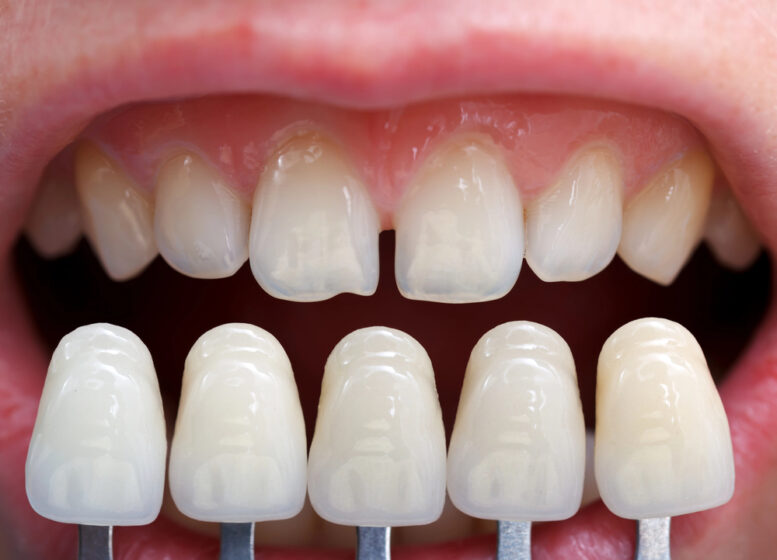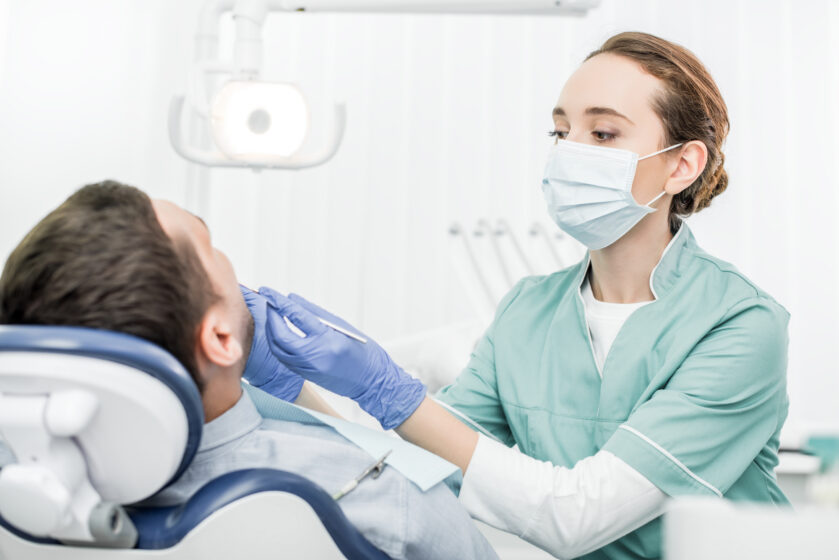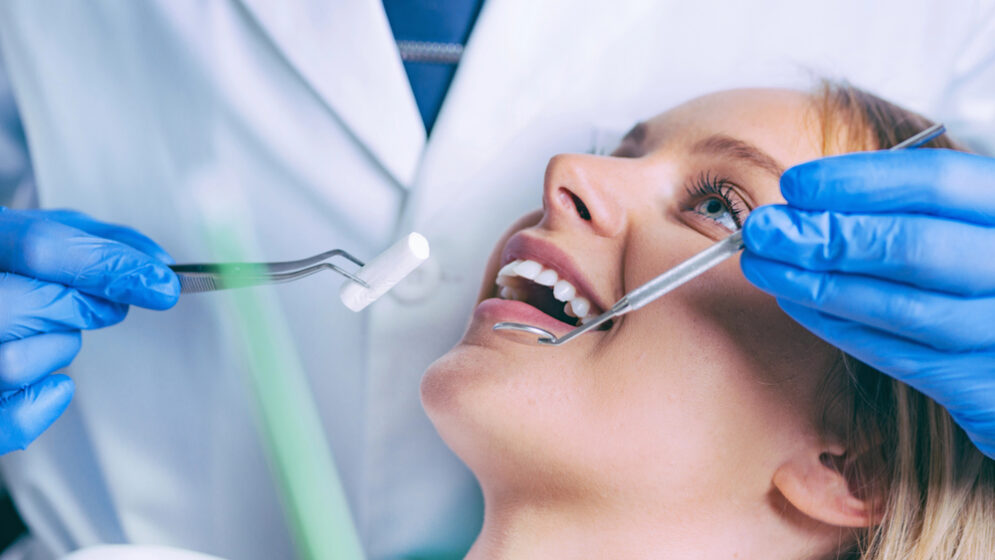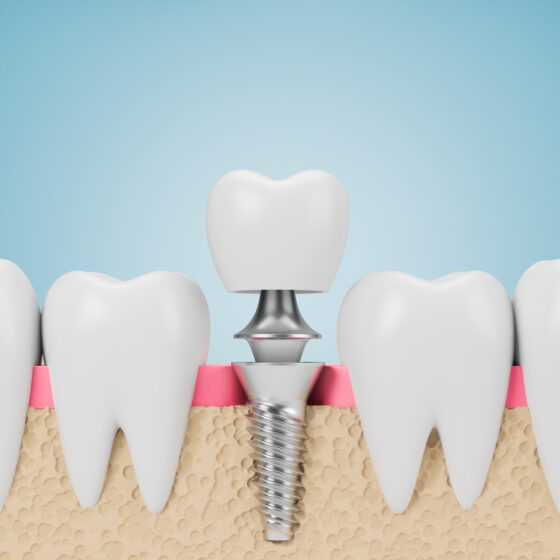In a world where digital devices are practically extensions of ourselves, it’s no surprise that technology has found its way into every aspect of parenting — including children’s oral care. From fun brushing timers to interactive games that teach proper hygiene techniques, modern tools are changing the way kids learn to care for their teeth. These innovations in children’s dentistry don’t just make oral hygiene easier — they’re shaping the next generation’s habits, potentially offering a lifelong guide to optimal oral health.
Why Early Oral Care Matters
The foundation of good oral hygiene is built in childhood. According to pediatric dental experts, habits formed during the early years are likely to persist into adulthood. However, getting children to brush properly, regularly, and enthusiastically has always been a challenge. That’s where digital tools come in — transforming toothbrushing from a chore into an engaging activity.
The Rise of Digital Tools in Children’s Dentistry
Technology is being embraced across the field of children’s dentistry, from smart toothbrushes to augmented reality (AR) apps. These tools are not replacements for regular dental check-ups, but they serve as powerful complements to in-office care and parental guidance.
Here are some popular digital innovations making waves in pediatric oral health:
1. Toothbrushing Apps
Toothbrushing apps like Brush DJ, Disney Magic Timer by Oral-B, and Colgate Magik use music, characters, or visuals to make brushing fun. Most are designed to play for the dentist-recommended two minutes, ensuring kids brush for the proper amount of time. Many apps also include reward systems like digital stickers or badges to incentivize regular brushing.
These simple tools promote consistency and build routines, a critical component of a lifelong guide to optimal oral health.
2. Smart Toothbrushes
Smart toothbrushes equipped with sensors and Bluetooth capabilities take brushing to a new level. Devices like the Philips Sonicare for Kids or Oral-B Kids Electric Toothbrush connect to an app that gives real-time feedback on brushing technique, coverage, and duration.
Not only do these toothbrushes make the experience more interactive for children, but they also allow parents to monitor their child’s brushing habits remotely — a win-win for busy families.
3. Educational Games and AR Experiences
Apps like My Bright Smile and Chomper Chums turn learning into play. These games teach kids about tooth-friendly foods, brushing habits, and the importance of dental visits, using colorful characters and simple language tailored for young audiences.
Some even use augmented reality, where children can see animated characters demonstrating proper brushing techniques in real-world settings through their phone cameras. This visual, immersive learning experience helps reinforce messages in a way traditional methods may not.
4. Dental Health Tracking Tools
Platforms such as Brushlink and Playbrush not only gamify brushing but also generate progress reports that can be shared with dentists. These digital records can assist dental professionals in assessing a child’s oral care routine more accurately during checkups — making children’s dentistry more personalized and proactive.
5. Parental Control and Reminder Systems
Apps like Brush Up include features for setting reminders for morning and evening brushing, flossing, and even tracking dental appointments. This helps build a structured and dependable hygiene schedule.
Such tools serve as a digital assistant for parents — an especially welcome support in households juggling busy routines.
Benefits of Digital Oral Care Tools
- Motivation: Children are more likely to engage in tasks when they’re fun. Apps and games tap into this natural tendency, making brushing feel like a reward, not a task.
- Consistency: Reminders and timers support the development of routines — essential in creating habits that lead to long-term dental health.
- Education: Interactive tools teach children why oral care matters, not just how to do it. This deeper understanding fosters independence and ownership.
- Monitoring: Smart brushes and apps give parents insight into how well their children are brushing, enabling timely intervention when needed.
Things to Keep in Mind
While these tools are powerful, they’re most effective when used alongside — not in place of — good parenting and professional care. Regular visits to the dentist, a balanced diet, and conversations about oral hygiene remain crucial. Think of digital tools as supplements, not substitutes, in your child’s lifelong guide to optimal oral health.
It’s also important to ensure screen time is balanced and age-appropriate. Choose tools that enhance learning and limit those that might cause distraction or dependency.
In today’s digital world, teaching children about oral hygiene no longer means battles over the sink or boring lectures. With the rise of apps, games, and smart tools, brushing and flossing can become fun, interactive, and educational.
Technology is reshaping children’s dentistry by making dental care more approachable, trackable, and enjoyable. When used wisely, these innovations support not just clean teeth, but the development of a confident smile and a healthy lifestyle — truly a lifelong guide to optimal oral health.

